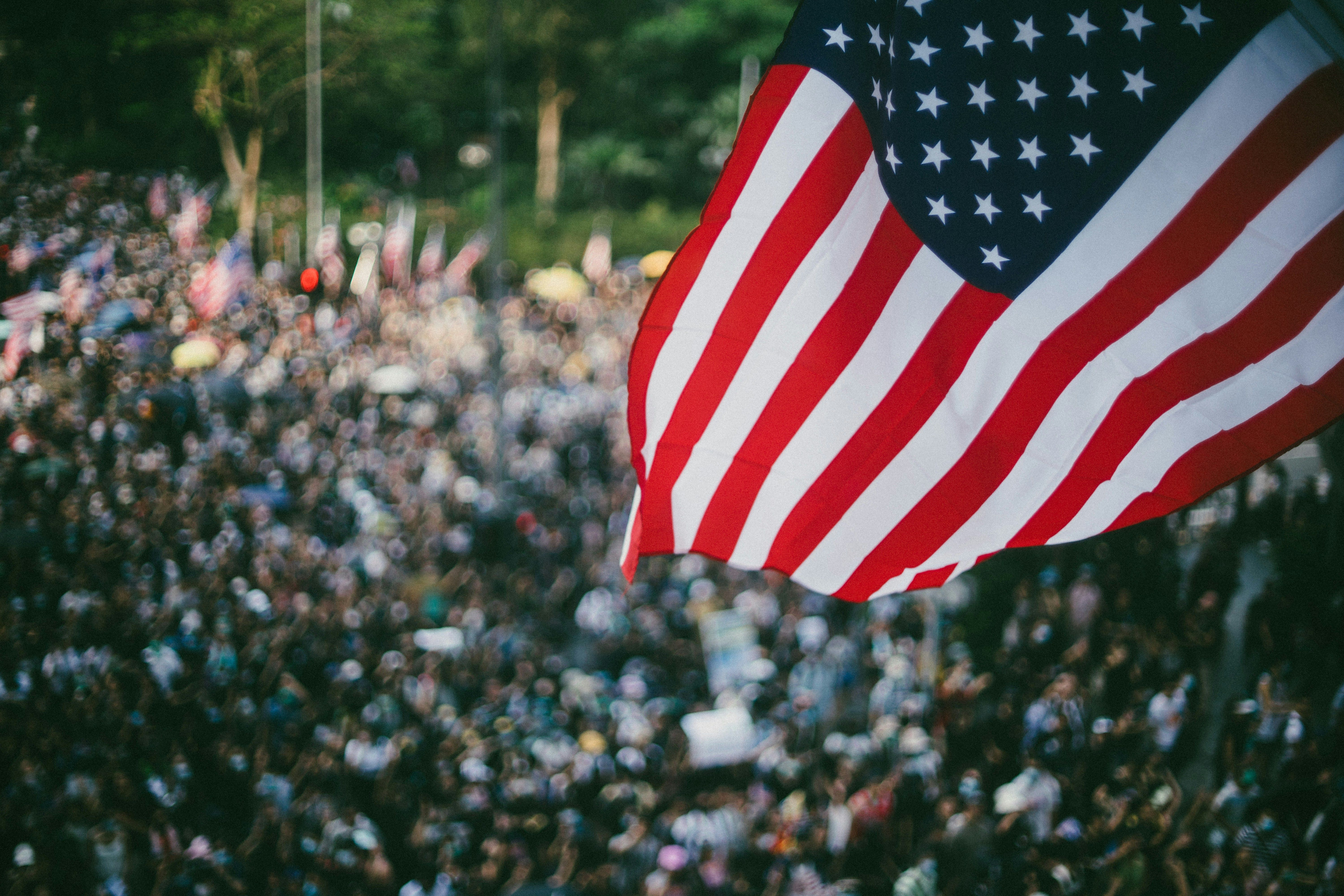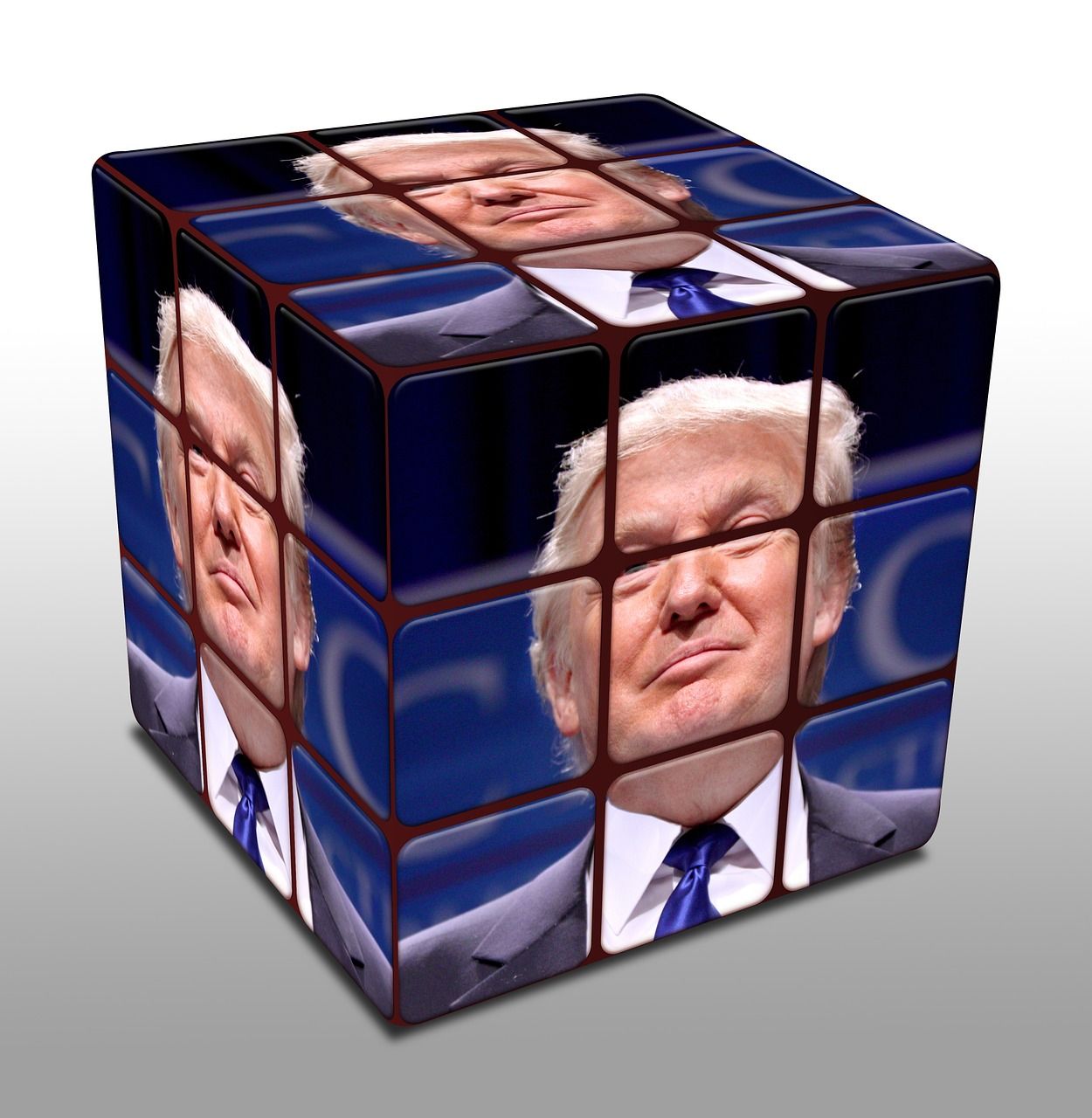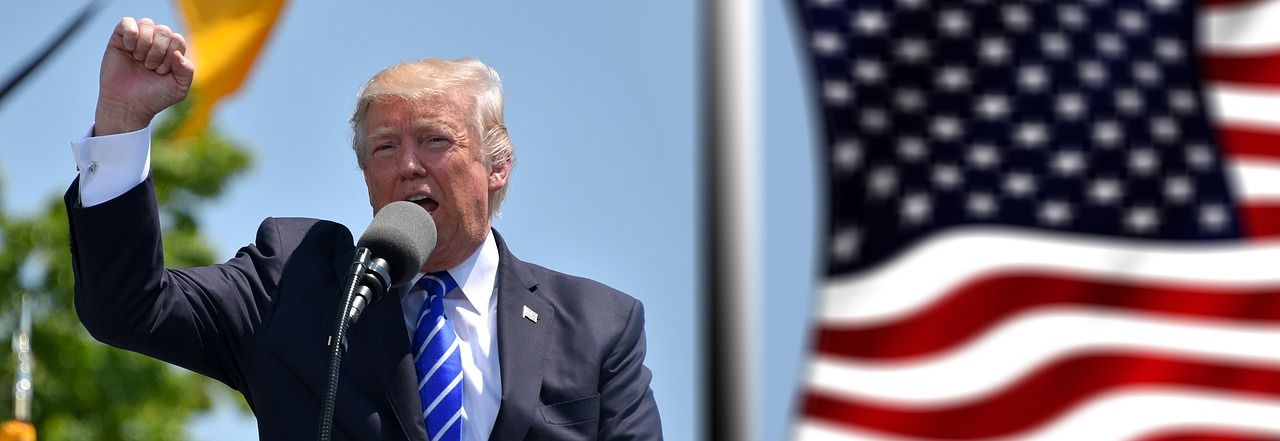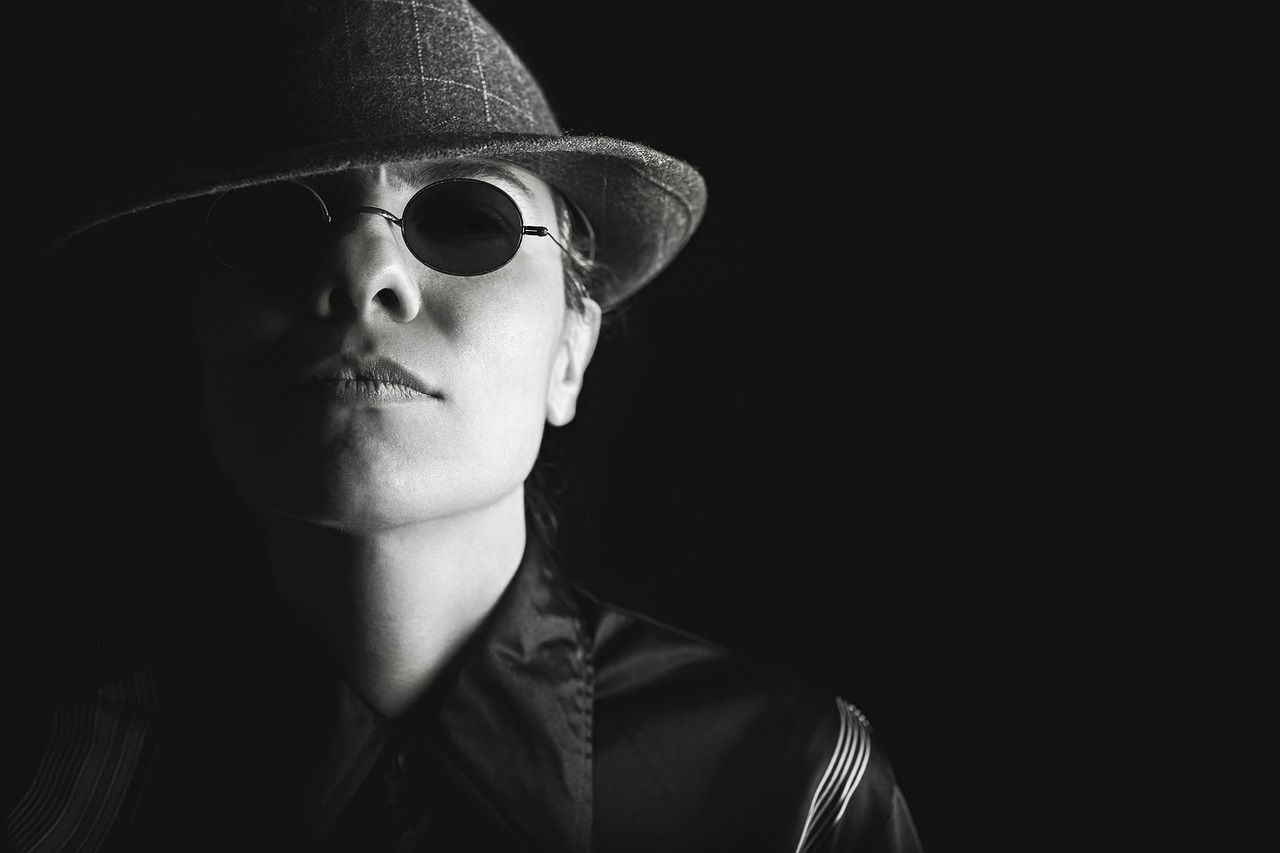In the aftermath of the attempted assassination of former President Donald Trump during a campaign rally in Butler, Pennsylvania, social media platforms have become a hotbed for the spread of misinformation and disinformation. This event has further highlighted the profound influence that social media has in shaping public perceptions and narratives quickly and powerfully.
Disinformation Dynamics Following Shooting at Trump Rally
As news of the Trump rally shooting broke, various narratives sprouted across different social media platforms, spreading faster than they could be fact-checked. These narratives ranged from baseless accusations against political figures to conspiracy theories about the event being staged. According to disinformation experts, such as Amanda Rogers and Jonathan Corpus Ong, this represents a "self-sustaining spiral" of misinformation that amplifies existing political divisions.
Rogers specifically noted the worrying potential for accelerationists to exploit the incident, calling for violence and spreading lies to achieve political chaos. Meanwhile, Ong highlighted the challenge presented by deep fake technology in discerning the authenticity of images and videos circulated during such highly charged events.
Impact of Trump Shooting Incident on Public Opinion and Discourse
The rapid spread of false information following the Trump shooting incident has had a considerable impact on public opinion and discourse. Within hours, speculative and often politically charged narratives gained traction, fostering confusion and mistrust among the public. Experts stress the need for critical engagement with media sources during breaking news situations to prevent misinformation from perpetuating fear and division.
Social Media’s Role in Spreading Disinformation

Image by Gordon Johnson from Pixabay
Acceleration of false narratives post-event
In the immediate aftermath of the Trump shooting, social media became a hotbed for the rapid dissemination of false narratives. Platforms were inundated with unfounded speculations, misinformation, and outright false claims about the incident. The speed with which these narratives spread was unprecedented, often outpacing the ability of fact-checkers and news outlets to provide accurate and verified information. Various users, ranging from anonymous accounts to public figures, contributed to a chaotic online environment where unverified information mingled freely with genuine updates.
Involvement of various political groups and individuals
Political groups and individuals from across the spectrum wasted no time in weaponizing the incident to further their agendas. On one side, some right-leaning commentators and politicians insinuated that left-wing groups were responsible, with baseless claims about the shooter’s affiliations becoming rife. Conversely, certain left-leaning voices floated theories that the incident might have been staged to garner sympathy for Trump amidst declining poll numbers. These opposing narratives sowed further confusion and division, illustrating how quickly political biases can infiltrate and escalate the spread of misinformation during a crisis.
Analysis of Elements Fueling the Disinformation

Photo by Joseph Chan on Unsplash
Political motivations and speculations affecting truth
The shooting became a fertile ground for political exploitation due to the polarizing figure of Donald Trump and the highly charged political climate. Speculations about the motives behind the shooting were tied closely to political narratives, with each faction suggesting scenarios that bolstered their ideological stances. This environment made it challenging for the public to discern facts from politically motivated disinformation, as each narrative skewed interpretations of the event to fit pre-existing political biases.
The role of major social platforms in moderating or promoting falsehoods
Major social platforms struggled to curb the spread of disinformation in the wake of the shooting. Despite efforts to label false claims and downrank misleading content, the sheer volume and velocity of the misinformation outstripped these measures. Platforms like X (formerly Twitter) were particularly noted for their role in allowing unfounded claims to gain traction, compounded by their recommendation algorithms that often amplified sensationalist content without sufficient regard for its veracity. This highlighted ongoing challenges in digital content moderation and the powerful role social media plays in shaping public perceptions during critical events.
The impact of visual elements and “deep fakes” in shaping public perception
Visual content related to the shooting, including photographs and videos, played a significant role in shaping public perceptions and fueled conspiracy theories. Iconic images from the event were subject to intense scrutiny, with some commentators claiming they were too perfect to be authentic, suggesting staging or manipulation. The ease of creating and disseminating synthetic media, or "deep fakes," further complicated the information landscape, making it increasingly difficult for people to trust visual evidence, a traditionally reliable source of information. This phenomenon underscored the growing challenge of digital literacy and the need for heightened public awareness about the capabilities and risks associated with advanced media manipulation technologies.
Calls for Solutions and Responsible Media Consumption

Image by Pete Linforth from Pixabay
The chaotic burst of disinformation following the assassination attempt on Donald Trump has spotlighted the urgent need for robust solutions and more responsible media consumption. Experts from various fields have discussed both regulatory and educational measures to tackle the spread of misinformation, emphasizing the role of technology, government oversight, and public literacy in media.
Expert opinions on combating disinformation
Experts argue that combatting disinformation requires a multi-faceted approach. Amanda Rogers, a disinformation researcher, stresses the importance of media platforms employing clearer, more immediate fact-checking mechanisms and making these checks visible and understandable to the average user. Jonathan Corpus Ong, a professor of communications, adds that platforms need to enhance their responsiveness to emerging disinformation, particularly during critical events like political violence. He suggests that platforms should work in closer collaboration with fact-checkers and employ advanced AI tools that can detect and mitigate false narratives more efficiently.
Proposed regulatory or technological interventions
The role of technology in both spreading and curbing disinformation is significant. Regulatory frameworks could compel social media platforms to implement stronger measures against disinformation. Such regulations could include penalties for failing to remove harmful content promptly or for algorithmically promoting sensationalist content that may lead to public harm. On the technological front, advancements in AI offer promising prospects in automatically identifying and flagging fake news and deep fakes, as mentioned by researchers studying the aftermath of the Trump shooting incident.
Importance of media literacy among the public
Enhancing media literacy emerges as another critical solution. The public’s ability to discern reliable information from misinformation is fundamental in curbing the spread of false narratives. Educational programs focusing on critical thinking and digital literacy could empower individuals to critically evaluate the content they consume online. Experts vouch for the importance of these skills in today’s digital age, where misinformation can spread rapidly across social media platforms. Additionally, broad public awareness campaigns about the common tactics used by agents of disinformation could help sensitize the public against deceptive information.






